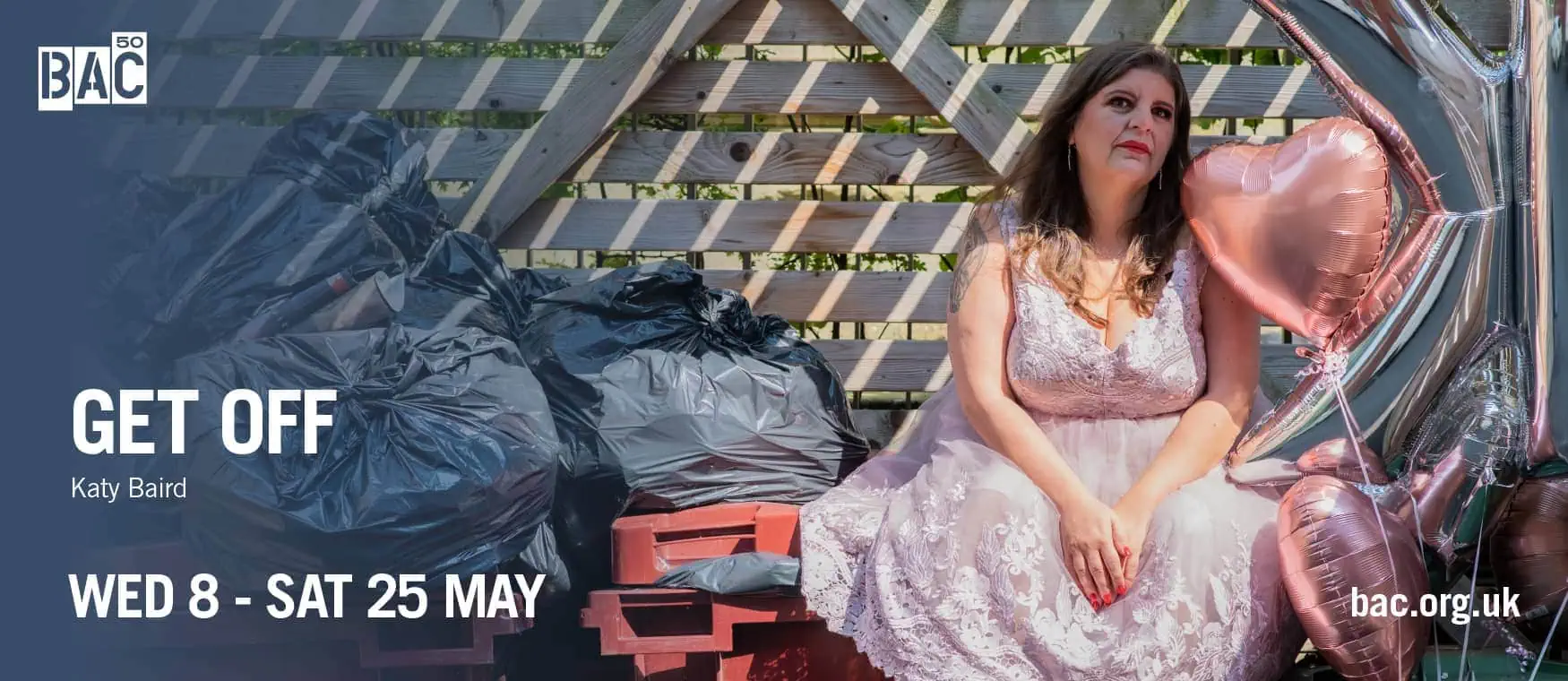TRYING TO GET AWAY WITH IT
Censorship continued to keep anything unseemly off the British stage throughout the 1930s. Noël Coward’s Design For Living (1933) was felt to be so risqué that it premiered in New York and didn’t reach London until 1939. (In fact, from 1927, New York State law also prohibited ‘sex degeneracy or sex perversion’ on the stage). In London the Lord Chamberlain banned Leslie and Sewell Stokes’ Oscar Wilde (1936) on the grounds that it was ‘entirely about perverts.’ Produced in a theatre club and later on Broadway, the play was a huge success that led to the international career of bisexual Robert Morley, who went on to play Wilde in the 1960 film version.
Robert Graves’ But It Still Goes On (1930) was too scandalous to be staged anywhere. (When Dorothy discovers that her husband, David, has been doing ‘disgusting and horrible’ things on Hampstead Heath, she shoots him). But other playwrights successfully slipped subtle gay references into their scripts. In J.B. Priestley’s first play Dangerous Corner (1932), Gordon, a married man, is revealed to be a secret homo (more precisely ‘some sort of hysterical young pervert.’) The Rats of Norway (1933), written by one of Coward’s lovers, Keith Winter, features a queer schoolmaster. One of Rodney Ackland’s first plays, Birthday (1934), features Tony Willow, who writes for women’s magazines. (Ackland’s gayest play, Absolute Hell, didn’t arrive until 1988).
Critic Nicholas de Jongh sees in Mazo de la Roche’s Whiteoaks (1936) the theatre’s first gay character to be rewarded. Finch, described as ‘very sensitive and nervy’, is a talented musician. ‘You’re a queer boy, but I like you’, says his Gran, who later leaves him something in her will. Gerald Savory’s hit comedy George and Margaret (1937) has a gay couple, Dudley and Roger. Someone says about one of them, ‘I doubt if he’s the marrying sort, you know. These artistic types often aren’t.’ One playwright who didn’t have to worry about the Lord Chamberlain was Shakespeare. Classical drama was exempt from censorship. Directors began to develop the Bard’s gay subtexts. For his 1937 production of Othello Tyrone Guthrie decided that Iago was in love with the Moor. He told Laurence Olivier (Iago) but not Ralph Richardson (Othello).
“I doubt if he’s the marrying sort, you know. These artistic types often aren’t.”
Spain’s Federico García Lorca (1898-1936) suffered the most severe form of censorship (murder). Around the turn of the 1930s, he wrote a play, El Público, one of the theatre’s first calls for homosexual equality. It wasn’t performed until 1978 and wasn’t seen in London, as The Public, until 1988. He planned other gay plays including La destrución de sodoma/The Destruction of Sodom (‘the frustration of homosexual desire causes incest’) and La bola negra/The Black Spot (‘the tragedy of a homosexual in conflict with society.’) He was shot by Fascists but his remains have not been found.
HAPPY BIRTHDAY, DEAR TERENCE
2011 marks the centenary of Terence Rattigan (1911-1977), whose popularity has waxed and waned, but who’s currently regarded as one of the finest playwrights of the 20th century. Although he was gay, he never wrote an overtly gay character; and yet apparently there are gay undertones in most of his work. His gayest play was his first, First Episode, originally about the relationship between two undergraduates. But all gay content was cut before the play premiered in 1934. The camp comedy of his biggest success, French Without Tears (1936), is said to have electrified the gay grapevine. In While the Sun Shines (1943) Lord Harpenden says that he dreamt he was in bed with a US serviceman who called him Dulcie. Is The Deep Blue Sea (1952) really about the suicide of Rattigan’s lover Kenneth Morgan? Was Separate Tables (1954) inspired by the arrest of John Gielgud? Shelagh Delaney has said that she was so irritated by Rattigan’s references to ‘pansies’ in Variation on a Theme (1958) that she wrote a sympathetic gay man into her first play A Taste of Honey the same year. The critical acclaim for this and other kitchen sink dramas drove Rattigan’s well-made plays out of fashion. He wasn’t rediscovered until long after his death.
GREAT GAY PLAYS
Design For Living (1933)
To historian Alan Sinfield this is ‘the queerest of Coward’s plays.’ It’s about a ménage à trois that was inspired by Coward’s friendship with bisexual actor Alfred Lunt and his wife Lynn Fontanne. Act 2 Scene 2 ends with the trio embracing passionately. As with Coward’s The Vortex (see Part 6, last week) Design For Living has always attracted gay actors, among them Anton Walbrook, Jeremy Brett, Gary Bond, Marcus D’Amico and Alan Cumming. The first production to make the bisexuality explicit was Sean Mathias’ at London’s Donmar in 1994.
The Green Bay Tree (1933)
It’s not great as far as Nicholas de Jongh’s concerned. He calls Mordaunt Shairp’s drama ‘the most dishonest and morally reprehensible play about homosexuality to reach the stages of London and Broadway.’ Nevertheless, it’s important, the first modern play entirely about a gay relationship. (A Wildean aesthete, referred to as evil, tries to cling on to his younger lover, who eventually marries a woman). Alan Sinfield suspects that this is the play that implanted in American minds the archetype of the homosexual as wealthy, effete and British.












